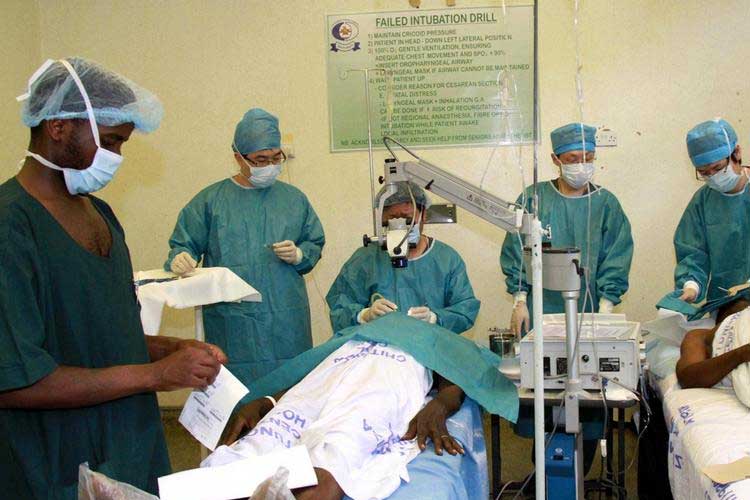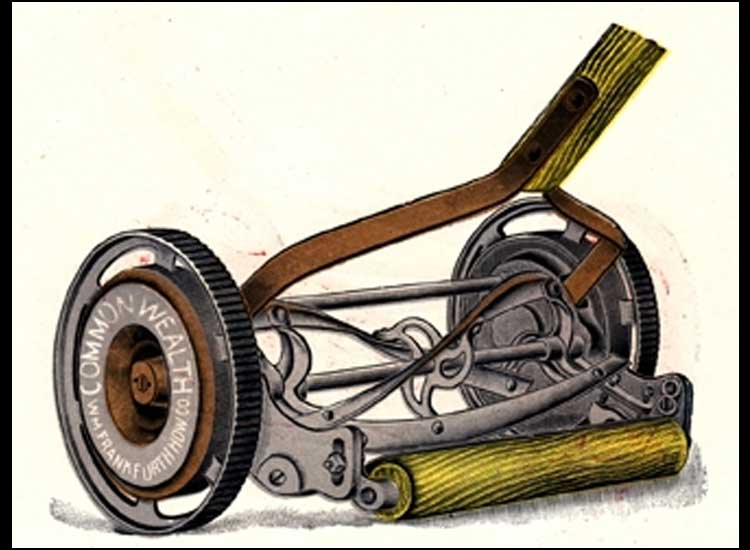X-Rays, An Accidental Discovery That Revolutionized the World of Medicine – Wilhelm Conrad Röntgen, then 40 years old, a physics professor at the Julius Maximilian University in Würzburg, Germany , accidentally discovered a new ray that had never been known before. Because it was so new, he named the discovery X-rays.
On the evening of November 8, 1895, Röntgen was conducting experiments with cathode rays to test the light phenomena discovered in his previous experiments. Röntgen had previously set up a screen painted with barium platinocyanide (which was later found to fluoresce in the presence of X-rays) and a Crookes tube, then wrapped it in black cardboard to cover the fluorescence. Suddenly, he saw a green light about one meter away.
According to previous predictions, cathode rays should not have been able to reach the screen, but they did. Even when Röntgen placed carbon paper or a piece of wood between the Crookes tube and the screen, the rays still reached the screen. He had discovered a new form of electromagnetic radiation – but because he didn’t know what kind of rays it was, Röntgen simply called it X.
During further experiments, Röntgen discovered that objects of varying thickness when placed in the path of these rays would exhibit variable transparency when recorded on a photographic plate. By chance, at one point his wife’s hand was in the path of the rays on the photographic plate.
After the photographic plate was developed, Röntgen observed the image of his wife’s hand, which showed a shadow consisting of the hand bones and the ring she was wearing, surrounded by a penumbra of flesh, which was more easily penetrated by light and therefore cast a fainter shadow.
Röntgen is known to have not left his laboratory for six weeks after the discovery. He continued to deepen his knowledge and research on this unexpected discovery. He lived in the laboratory, working there, even though his apartment was right on the floor above the lab.
Little Röntgen was interested in nature
Wilhelm Conrad Röntgen was born in Germany on March 27, 1845, the only child of merchant and manufacturer Friedrich Conrad Röntgen and Charlotte Constanze Frowein. When he was only three years old, the Röntgen family moved to Apeldoorn, Netherlands.
There Wilhelm Röntgen was sent to a boarding school, the Martinus Herman van Doorn Institute. No special talents were shown by the young Röntgen, but he showed a love of nature and enjoyed walking in the open air and in the woods.
Röntgen was also known to be good at making mechanical devices, a trait that remained with him into adulthood. In 1862 he entered the engineering school in Utrecht, but was expelled after being accused of drawing a caricature of one of the teachers there. It was later revealed that the drawing was made by another student.
In 1865, Röntgen decided to study physics at Utrecht University. He continued his studies until he graduated with a doctorate from the University of Zurich, Switzerland, in 1869. On January 19, 1872, in Apeldoorn, the Netherlands, Röntgen married the woman of his dreams, Anna Bertha Ludwig. The two had been dating since Röntgen was a student in Zurich. Bertha was the daughter of the landlord of the Zum Grünen Glas restaurant, which Röntgen often visited in Zurich at that time.
Revolution in the world of medicine
“His scientific achievement is the recognition that he has discovered something new and that he continues to study it,” said Roland Weigand, a member of the Röntgen Kuratorium, which manages and maintains the Röntgen Memorial Museum on the site of the former Institute of Physics at the University of Wurzburg, Germany.
On December 22, Röntgen made the first X-ray image of a human body part – of course, the experiment was on someone close to him. Six days later, he submitted a research paper entitled: “On new types of rays”.
Six years later, he received the first Nobel Prize in Physics in that category. The Nobel Committee said the award was “in recognition of the extraordinary services he has rendered by the discovery of the extraordinary rays which bear his name.” Thus, X-rays came to be known as Röntgen rays.
The discovery of X-rays has radically changed clinical diagnostics. This finding was then routinely used during World War I. In addition to war, Röntgen’s findings were also used to diagnose bone damage and bacterial infections, such as in cases of tuberculosis .
Nowadays, X-ray technology is not only used to diagnose diseases, but is also utilized during surgical procedures, such as when removing tumors, or to monitor the location of medical instruments.
In fact, X-ray technology is widely used in everyday life, including in industry and security screening at airports, for example. It is used to scan luggage, to authenticate valuable works of art, to examine the details of archaeological objects and fossils, and to detect material defects in building parts.
Risks of late detection of X-rays
It wasn’t until the 1950s that doctors and physicists became aware of the inherent risks of X-rays. After all, X-rays are ionizing radiation, which means they can increase the risk of cancer in humans. This knowledge only entered the public consciousness after World War II , decades after Röntgen’s rays were discovered and used.
Currently, doctors limit the use of X-rays to cases that really need them. As an alternative, the medical world also uses low-radiation imaging techniques, such as magnetic resonance imaging (MRI) or magnetic resonance tomography (MRT).
Wilhelm Conrad Röntgen died of colon cancer in 1923 at the age of 77. But his cancer was probably not caused by his experiments. The radiation doses he received during his experiments were known to be too low to cause any harm.





